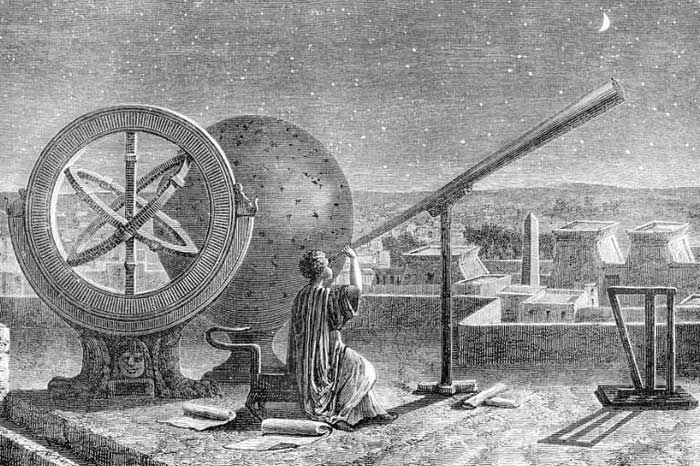Scientists have discovered the oldest star map in the world, created by the ancient Greek astronomer Hipparchus around 129 BC.
This star map, hidden beneath the text on ancient parchment, has recently surprised researchers with its unexpected revelation.

By employing imaging analysis techniques, the research team was able to turn back time and uncover a wealth of ancient astronomical information contained in the map.
The map, detailing the stars, was compiled by the ancient Greek astronomer Hipparchus around 129 BC. It is known that the map is concealed beneath the text on a parchment known as the Codex Climaci Rescriptus. This ancient parchment was scraped and reused for centuries, but researchers have only recently discovered the images of the astronomical map. The parchment is preserved at St. Catherine’s Monastery on the Sinai Peninsula, Egypt.
Using multi-spectral imaging, which functions like an X-ray system to see through text, researchers captured all 42 pages at different wavelengths of light. They also utilized computer algorithms to search for combinations of frequencies that enhance the detection of hidden content.
Some historical texts refer to Hipparchus as the “father of astronomy.” Not much information is available about Hipparchus; it is known that he was born in Nicaea, a city in the region of Bithynia, present-day Turkey. He later died in Rhodes.
The ancient Greek astronomer wrote about the universe, but not many of his records have survived, primarily due to loss over time. Until the discovery of this map, the oldest star map known was compiled by the astronomer Claudius Ptolemy in the second century AD, three centuries after Hipparchus.
Peter Williams, a Hebrew language expert at the University of Cambridge, UK, who co-authored the study, expressed his excitement about the new discovery and contacted historian Victor Gysembergh to translate the text and determine the coordinates, longitude, and latitude of the constellations in the map.
Victor Gysembergh is confident that this is the oldest map depicting the stars. This conclusion is based on characteristics in some of the data presented, with the accuracy of the measurements aligning with the positions of stars that existed 2,000 years ago.


















































